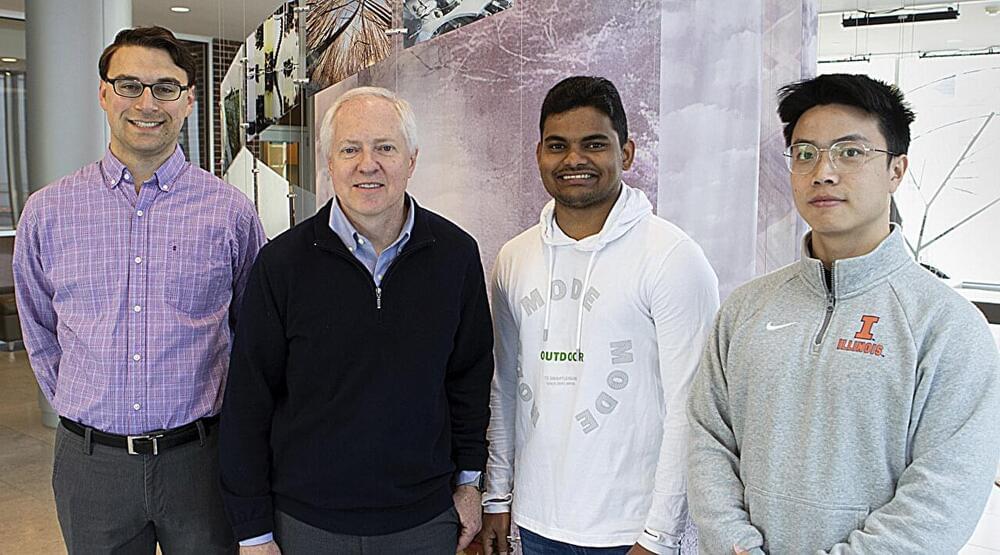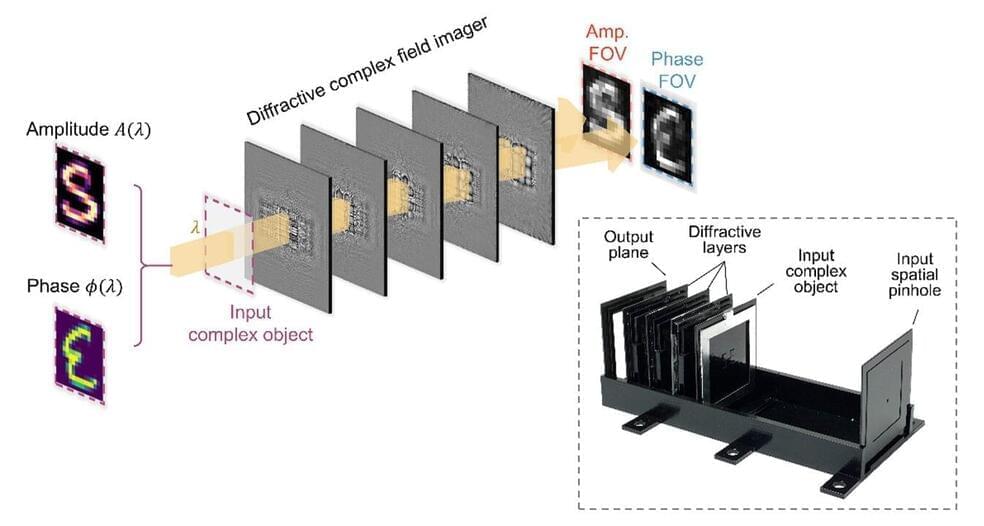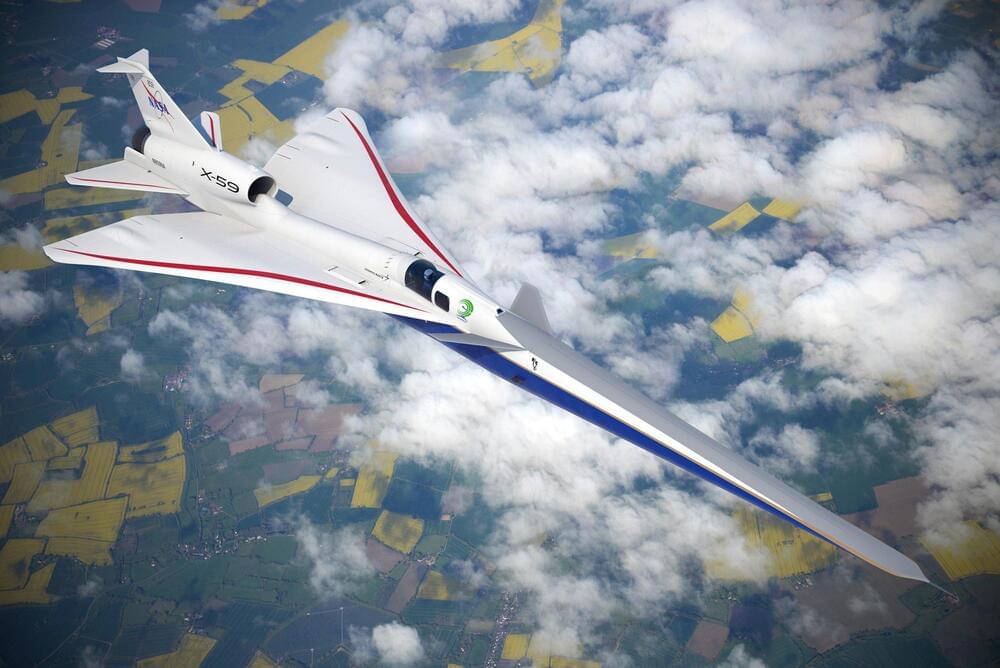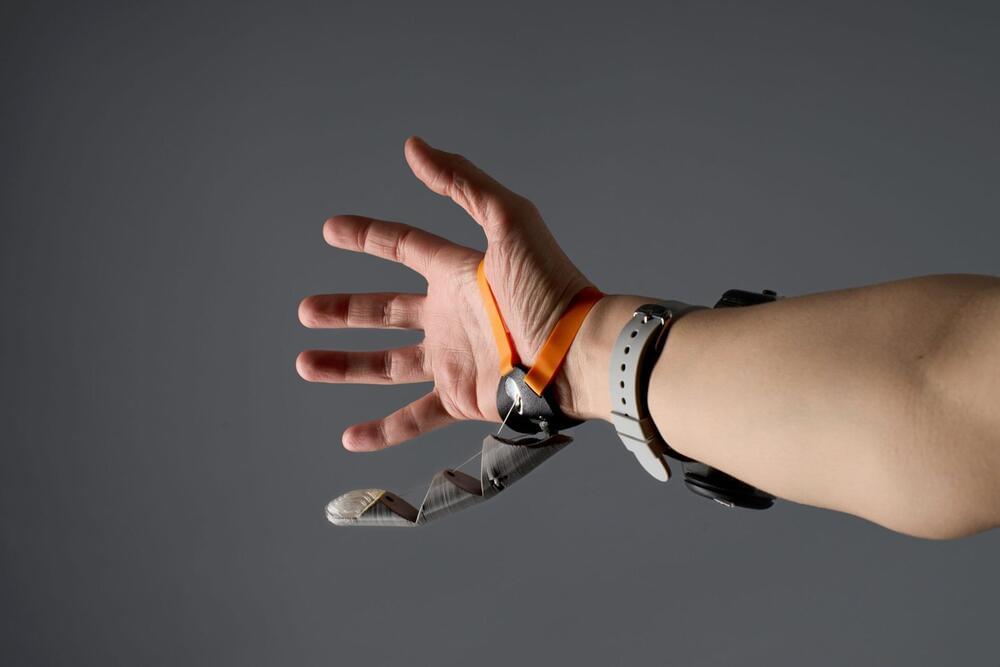
Biomarkers are small molecules of interest to researchers, because they can indicate underlying diseases, often even before symptoms even appear. However, detecting these markers can be challenging as they are often present in very low quantities, especially in the early stages of a disease. Traditional detection methods, while effective, usually require expensive components like prisms, metal films, or optical objectives.
In a recent paper published in Applied Physics Letters, researchers at the University of Illinois Urbana-Champaign have unveiled a novel approach to detecting low concentrations of biomarkers that paves the way for biodetection technology that is simple to use, highly sensitive, and surprisingly affordable.
“The goal of this technology is early diagnostics, to be able to detect molecules associated with diseases at very low concentrations, sometimes a few molecules per millions, very early on,” said Seemesh Bhaskar, a postdoctoral researcher in Brian Cunningham’s lab and first author on the study. “Looking for very small concentrations of micro-RNA, circulating tumor DNA, and exosomes, for example, can help determine whether a patient will develop cancer one or two years down the line.”

















